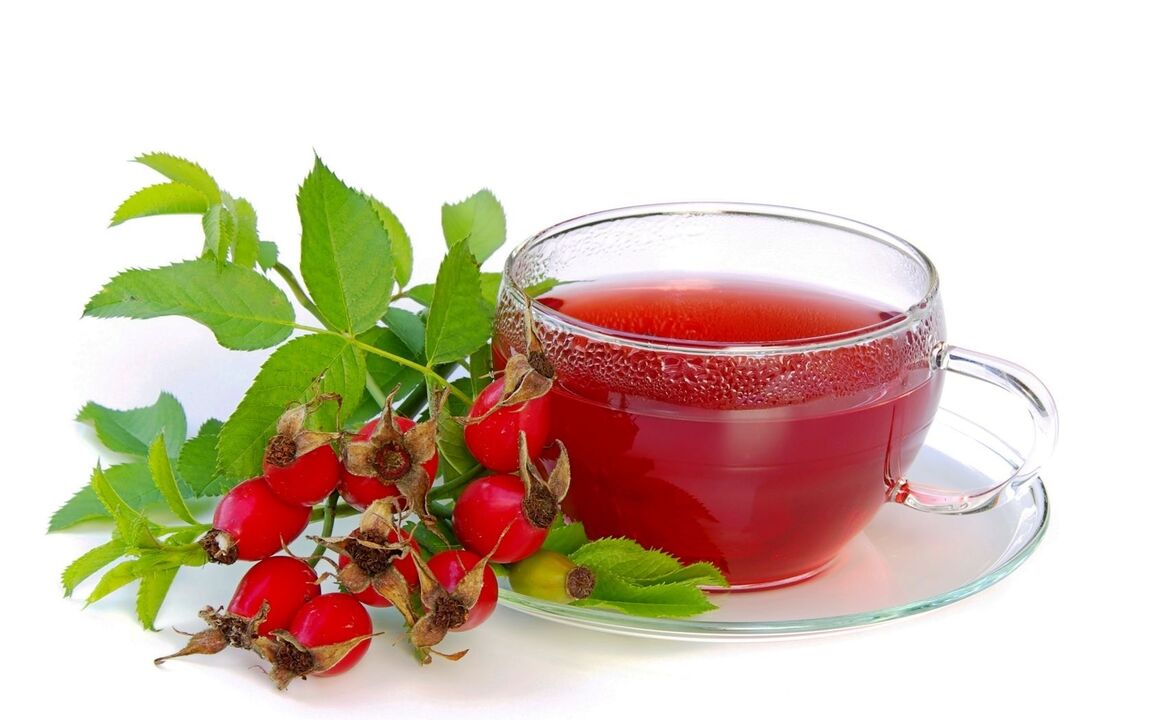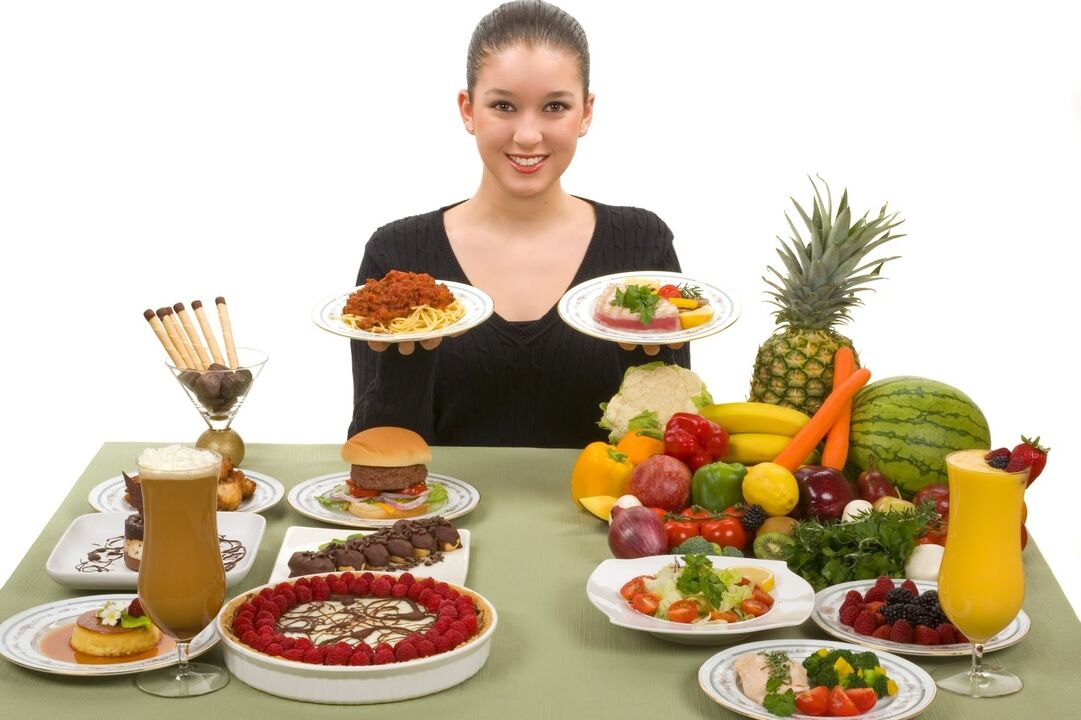It is impossible to cure gout, but it is really possible to alleviate the patient's condition and stop the progression. Not only can medications help with this, but the effect can be achieved with moderate exercise and diet.
diet for gout
The highest concentration of purines is found in alcohol and red meat. Gout causes a metabolic disorder, which leads to the accumulation of uric acid in the body and the deposition of its urate salts in the joints. Therefore, the diet for gout is aimed at reducing the concentration of substances in the blood and normalizing the metabolism. The effect is achieved by eliminating purine-rich foods from the diet. When these compounds are broken down, uric acid is formed.
Features of diet for gout
To normalize metabolism, nutrition for gout should be split. It is recommended to eat at least 4 times a day, at the same time in small portions. But fasting and large purine-rich meals are contraindicated for gout, as it can lead to an exacerbation of the disease.
People suffering from this disease should be careful with the use of liquids, since drinking plenty of water contributes to better excretion of purines from the body. It is recommended to drink about 1. 5 liters of drinks per day. Purified and alkaline mineral water, fruit juices or drinks, milk and light teas are suitable. A decoction or infusion of wild rose is useful, which copes with the withdrawal of purines and improves kidney function. But it is better to refuse strong tea, coffee and alcohol, as they can increase pain.

The menu for gout should contain a minimum of salt. This is because salt can cause urates to precipitate and build up in the body. To avoid this, its daily rate should be reduced to 6 grams.
The use of animal proteins and fats, easily digestible carbohydrates and foods containing oxalic acid should be limited. It is recommended to eat fish and meat no more than 2-3 times a week. They should be eaten boiled, rarely cooked. Fish, mushroom, and meat broths should be discarded, as most purines are removed during cooking.
Junk foods for gout are legumes and spices. High-purine grapes, figs, cranberries, raspberries, mushrooms, cauliflower, organ meats, canned fish and meat, herring, smoked meats, sausages, spinach, sorrel, chocolate, pastries, cream cakes and peanuts should be excluded from the menu.
The basis of nutrition for gout should be plant foods. All sorts of vegetables will come in handy - zucchini, cucumbers, eggplants, potatoes, carrots and white cabbage. In limited quantities, it is worth eating only radishes, peppers, celery, rhubarb and asparagus. All of these products can be eaten raw or cooked from soups, stews, purees and decoctions.
Sour-milk products are no less useful for gout. Particular attention should be paid to low-fat varieties of cheese and cottage cheese, as well as their dishes. It is recommended to include cereals and pasta in the menu.

It is allowed to eat bread in moderation, to a limited extent - baking. Among meat products, preference should be given to rabbit, turkey or chicken. You can safely eat fruits, berries and honey. The menu for gout should include shrimp, squid, nuts, and eggs. Sometimes you can eat sweets. Those allowed include non-chocolate candies, meringues, kissels and custards, marshmallows, marshmallows, dried fruit, marmalade and jam. Useful for gout from olive and flaxseed oil, it is also allowed to add butter and vegetable oils to food.
If you do not follow the rules of nutrition for gout, as well as alcohol consumption, an exacerbation of the disease may occur. The body should provide maximum unloading. It is recommended to organize a day of fasting. During it, it is necessary to drink only juices or mineral water in large quantities. You cannot follow the diet for more than a day and then you must switch to a normal gout diet. It is useful to spend fasting days and for the prevention of exacerbations. They may not be as tough and include fermented dairy products, fruits, berries, vegetables and juices on the menu.
















































































